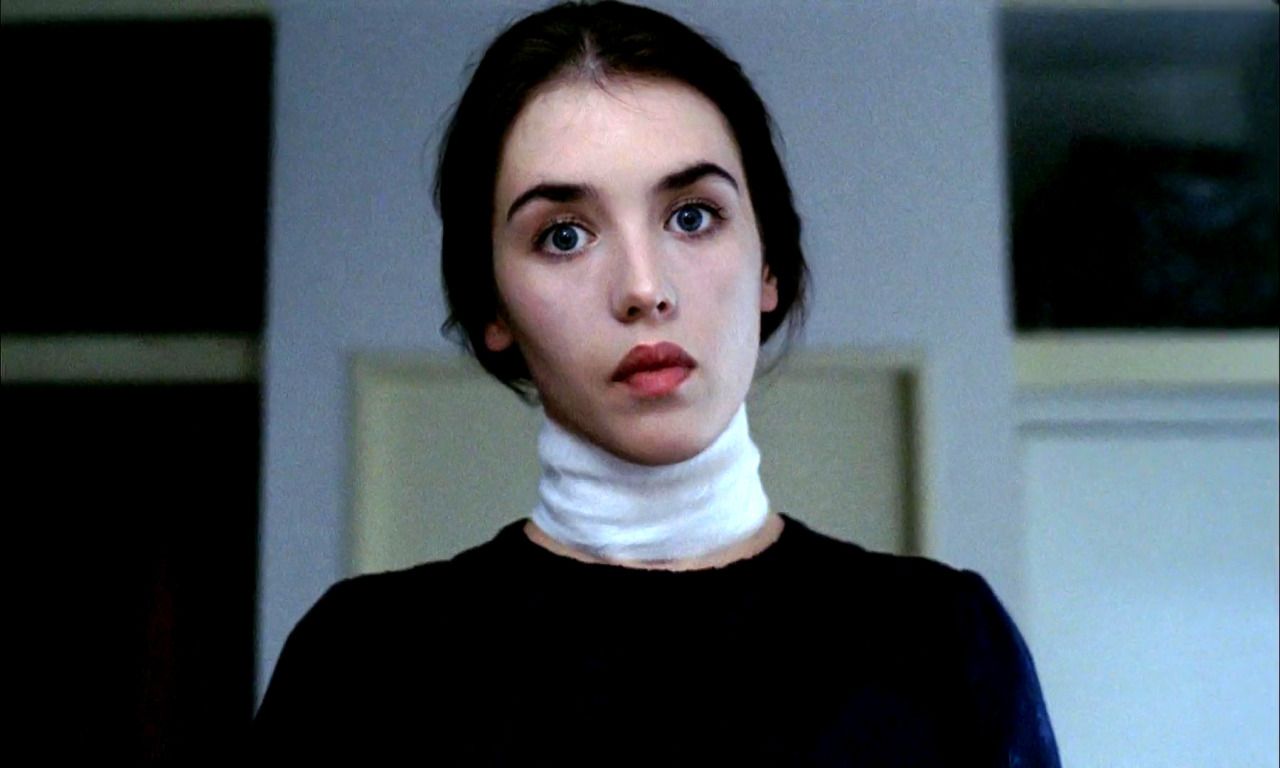
What classifies a film as being truly horrifying? Is it just about how scary it is or is about how it stays with the viewer after the credits have rolled? Both can be true, but it’s the ones where these feelings overlap that make for punishing cinema.
There has been a plethora of horror films made with the sole purpose of scaring the audience, with only a select few becoming landmarks of the genre while others are reserved as cult classics or camp. Then there are the films that look to examine the horrors of society and all its gross and deplorable situations, not just in the present day but of the past as well.
But which ones end up being the most decadent and depraved or all too horrible to picture happening in real time? These are the ten most horrifying movies ever made.
10. The Nightingale (Jennifer Kent, 2018)
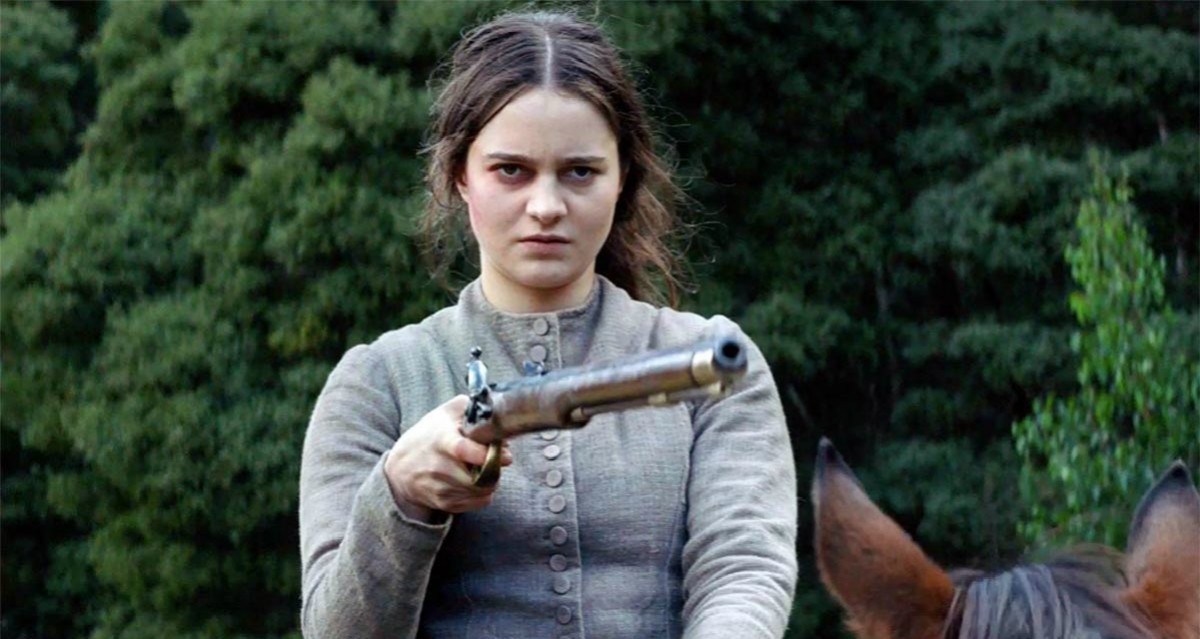
This one is the newest entry here, but it more than deserves its spot for being a modern-day sledgehammer. Directed by Jennifer Kent (The Babadook) and set in 1825 Tasmania, The Nightingale tells the story of a young Irish convict named Claire (Aisling Franciosi) who, with the help of a tracker named Billy (Baykali Ganammbarr) embarks on a quest for revenge against a British officer named Hawkins (Sam Claflin) after an unforgivable act is committed against her family.
The film’s graphic depiction of rape and violence is what makes the material work in such unsettling ways. The way the weaponry is used in conflict is not only accurate to the period for which it takes place, but also in how it is enacted in spurts of frantic panic. Each shot or punch landed is played without exaggeration which makes the barbarism of these acts heighten the animalistic qualities of humans that materialize when consumed by these moments of pure fury.
For any good revenge story to work there has to a captivating and emotional gut-punch that fuels the audience with the same burning desire for bloodlust that the character has (to a degree). In the case of this film, there are several moments where the rage throttle keeps getting revved until the engine of the movie blows in a brutal and cathartic climax.
9. Man Bites Dog (Rémy Belvaux, André Bonzel, Benoît Poelvoorde, 1992)
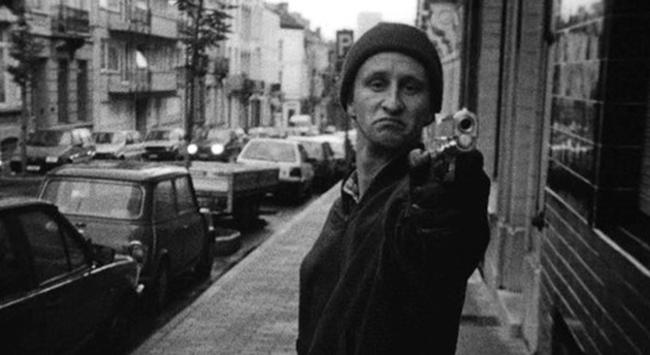
One of the classics of Belgian cinema and a study of extremism, is Man Bites Dog. Directed, staring, and edited by Rémy Belvaux, André Bonzel and Benoît Poelvoorde, this black comedy/crime mockumentary follows serial killer Ben (Poelvoorde) as he goes about his daily routine of murders and misgivings while being filmed by a documentary crew for their new project. As Ben’s crimes become more heinous, the crew becomes more enticed by Ben’s erratic behaviour which leaves them struggling to maintain impartiality as he continues his rampage.
The film is very satirical of media coverage, and it illustrates how easily captivated the public is about murder on the news and in movies, and the lengths to which those stories get sought out and prioritized. So much so that after a certain point they become common place and the carnage gets treated as an afterthought. The kills range from some great moments of black comedy to shocking and morose acts that make the viewer squirm. There are multiple moments which walk the line of being so horrific to even watch while also being grimly hilarious.
What makes the film alarming is the sheer lack of remorse or emotionality that the character Ben exhibits from scene to scene and how it infects those around him. Regardless of how charming Ben may act and treat those whom he truly cares about, it’s never enough to distract from the evil he is capable of and how morbid and warped a person can get just be existing in his presence.
8. Caché (Michael Haneke, 2005)
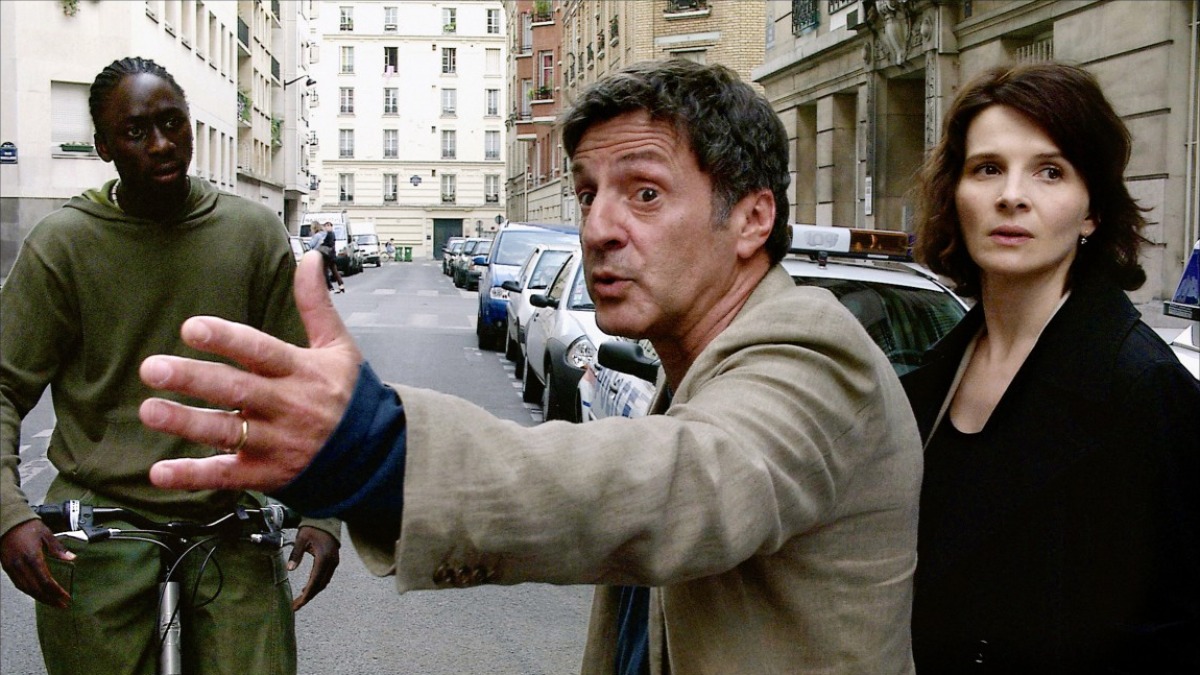
What could be worse than the feeling of being watched? Only the feeling of someone letting you know that they are watching you. Helmed by legendary Austrian director Michael Haneke, Caché is about an upper-class Parisian couple named Georges and Anne Laurent (played by Daniel Auteuil and Juliette Binoche) who try to figure out who is sending them video tapes of their house being watched and more importantly, why? What begins as a simple mystery involves into something much more as George’s and Anne’s lives are pulled out from underneath them as they become obsessed with finding the mystery sender.
Caché is so tantalizing because of the sheer number of ways that it can be interpretated. Whether it’s an allegory for the Algerian War, the rise of surveillance in modern society, or something else entirely, it never fully commits to anything. It leaves the viewer with the depths of their own mind and how they process what is happening around them. They slide right into the seats of the main characters as they interrogate themselves and their past behaviour to determine an outcome that could deserve this psychological torture.
Other films might concern themselves with trying to pinpoint exactly who is the perpetrator of these tapes, and what that person’s motivations might be in the end. In the conceit of this film, that is not the focus. Many of the characters refuse to take responsibility for their past actions, leading to those wounds resurfacing in unexpected ways later and making them confront their own realities in disturbing ways.
7. Vengeance is Mine (Shōhei Imamura, 1979)
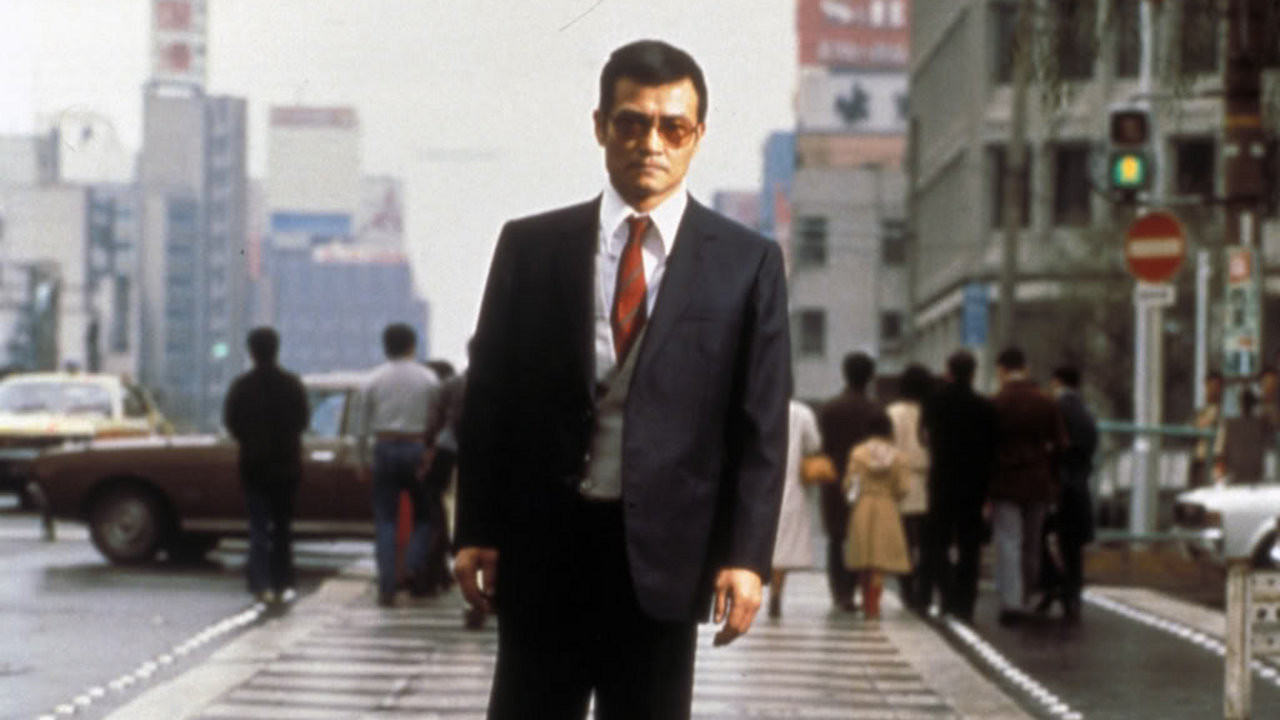
Movie violence reached another level of messiness and unsettling naturalism in Shōhei Imamura’s Japanese true crime thriller Vengeance is Mine. The film’s story, based off real-life serial killer Akira Nishiguchi, follows a man named Iwao Enokizu (Ken Ogata) as he looks to maintain a low profile after committing two murders, leading him to lie and cheat his way through the streets of Japan while dealing with his tumultuous family dynamic.
What makes the violence in the film so potent among many other things is how much of a struggle takes place during the act. Each clash goes on much longer than the viewer thinks it would last, and the longer it goes on the more uneasy the entire sequence becomes. Another disturbing aspect about it is the sheer lack of cinematic quality to it. That is not because it isn’t well shot or choreographed but because it’s too well shot. It plays like it has happening in real time and the viewer has to reconcile with what is happening.
Among the themes of desperation and shifting power dynamics, the film is also a terrific showcase for actor Ken Ogata who brings this conman/killer to life. Ogata makes such subtle and interesting choices throughout the film that add to the air of mystery and sadness that is present within the character at all times. Ogata plays it calm and emotionless, further adding to how monstrous he is capable of being.
6. The Act of Killing (Joshua Oppenheimer, 2012)
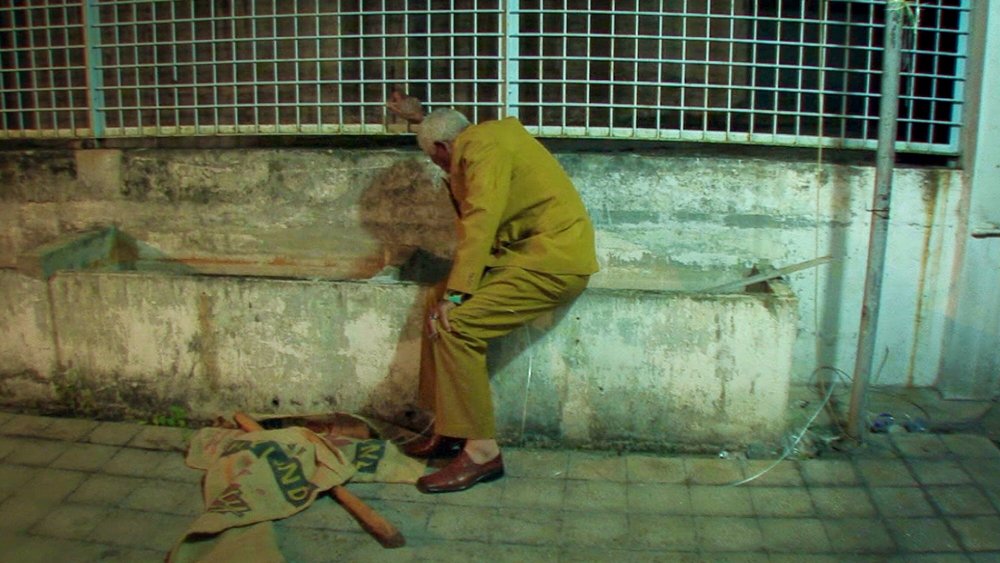
Documentary has a knack for exploring topic’s viewers would probably never hear of unless they were already researching that particular subject matter, or just happen to come across it randomly. Lots of documentaries have been made about some distasteful people but never more so than in Joshua Oppenheimer’s magnum opus The Act of Killing.
Following the lives of former Indonesian gangsters-turned mass murderers-turned celebrities in their home country, the movie is a document of the Indonesian mass killings that took place between 1965-66 which left just over a million people dead. This story follows many of those men but one in particular, that of Anwar Congo, a grey-haired and celebrated perpetrator, who is asked along with his fellow conspirators to re-enact their killings and encouraged to do so in the same style as their favourite films ranging from classic noir, spaghetti western and lavish musical.
The Act of Killing is simultaneously a reckoning for those who have slaughtered innocent people and a chauvinistic tale of morally bankrupt men who, despite somewhat owning their crimes, feel no remorse or regret about them. What results is a movie that is a feat of horrific non-fictional reporting and fantasy creation during literal memories of murder in equal measure.